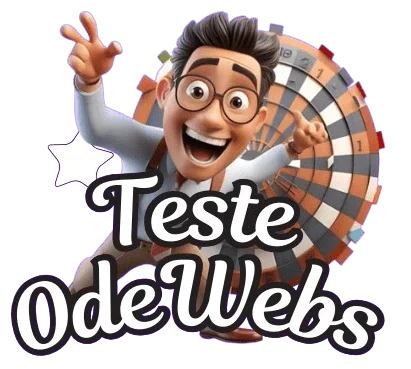The discussion around the “best” games often focuses on the obvious: stunning graphics, compelling stories, and satisfying mechanics. However, on the PlayStation platform, a significant part of the experience is delivered by an often-unseen framework of system-level features and services that surround the game itself. This ecosystem—comprising the operating system, online services, and community features—acts as an invisible hand, seamlessly enhancing every title on the platform and adding layers of convenience, socialization, and preservation that collectively define the modern PlayStation experience.
The most immediate layer of this ecosystem is the system software itself. https://amyksorrells.com/contact/ Features like the PS5’s Control Center, which allows players to jump instantly into specific game activities or check walkthroughs without ever leaving the game, remove friction from the experience. The ability to suspend and resume any game at a moment’s notice, even in the middle of a demanding boss fight, respects the player’s time in a fundamental way that becomes second nature. These are not game-specific features; they are platform-level qualities that make every game, from the biggest AAA blockbuster to the smallest indie title, smoother and more accessible to play.
PlayStation Network provides the backbone for the social and competitive aspects of gaming. While Xbox Live pioneered online console gaming, PlayStation Network has evolved into a robust service that deeply integrates with the gameplay experience. The Share Factory studio allows players to easily edit and broadcast their gameplay stories, transforming solitary play into a communal event. The ability to share clips and screenshots with a single button press has fostered entire communities built around epic gaming moments, hilarious glitches, and shared accomplishments, extending the life and cultural impact of a game far beyond its credits.
This ecosystem also plays a crucial role in preservation and backward compatibility. While not as comprehensive as some would like, the ability to play a vast library of PS4 games on the PS5 with often improved performance and load times is a huge value proposition. For many, the “best” way to play a game like Ghost of Tsushima or The Last of Us Part II is on a PS5, thanks to the ecosystem’s support for backward compatibility. Services like PlayStation Plus Premium further extend this by offering cloud streaming and a curated catalog of classic games, ensuring that older titles remain accessible and part of the ongoing conversation.
Furthermore, the ecosystem empowers the player as a curator. The Wishlist function allows for tracking sales on desired games across both web and console stores. The robust and frequently updated PlayStation Store makes discovering new indies and major sales events effortless. This infrastructure supports the commercial life of games, especially smaller titles that rely on digital storefront visibility to find their audience.
